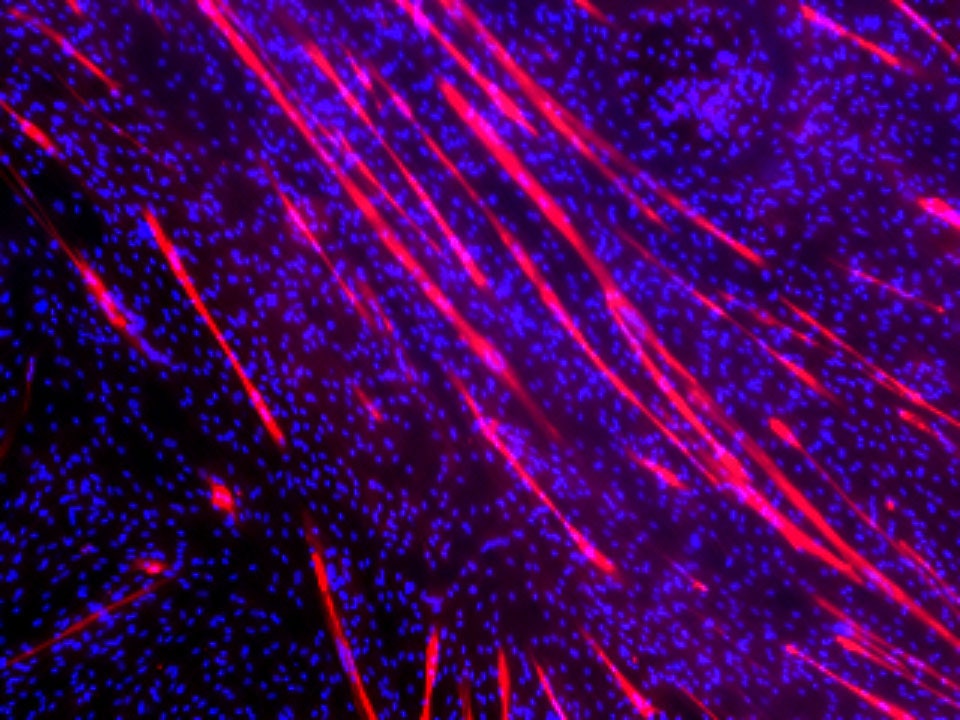Microgravity poses unique challenges. Given its orbital placement, the space station technically has gravity that’s only 10 percent weaker than Earth’s. But the act of moving through orbit actually creates a persistent state of weightlessness. Stuff floats. Hot air doesn’t rise.
Compared to Earth, gravity is six times weaker on the moon, and about three times weaker on Mars. So if printing regolith in the weightless environment of the ISS is not measurably different than on Earth, Snyder says Redwire can likely extrapolate that lunar and Martian gravity won’t be a problem, either.
The team doesn’t expect their printer to clog or leak in space; rather, the main question will be whether the slabs printed aboard the ISS will meet Redwire’s mechanical expectations in “destructive tests” back on Earth sometime later this year.
Assuming the demo works well on the ISS, Snyder hopes Redwire can incorporate its 3D printing on the Artemis program, NASA’s 2024 mission to send astronauts to the moon—the first human presence there in over 50 years. Synder envisions the tech elsewhere too. “We’re looking at Mars and anyplace else in the solar system, to be honest,” he says.
Treating Muscle Loss
When astronauts spend months in orbit, they exercise about two hours per day to retain strength. “Muscle atrophy is, of course, a big issue for the astronauts,” says Ngan Huang, a tissue engineer with the Stanford University School of Medicine and the lead scientist of a program called Cardinal Muscle. Huang specializes in muscle regeneration, including heart muscle, and she works with the Department of Veterans Affairs to help develop treatments for traumatic skeletal muscle injuries.
“For a more global kind of Earthling population, the bigger problem would actually be sarcopenia,” says Huang. Sarcopenia is the muscle wasting that accompanies aging, and it worsens the outlook for other common conditions like heart disease. As with other age-related syndromes, onset is slow and its root cause is hard to pin down. “It’s a really, really slow process,” she says—one that lab scientists are unable to properly mimic on Earth.
There are currently no FDA-approved drugs to treat sarcopenia, but Huang wants to accelerate the process of finding one. Her team developed an experiment that simulates the muscle atrophy seen in sarcopenia faster by using muscle cells that are stunted by microgravity. That speed is key, she says, to more quickly screen drugs for their efficacy treating the condition—it’d be like hitting fast forward on a test of whether a fertilizer helps a tree grow in poor soil.
In their experiment, first, they’ll be confirming that microgravity stymies muscle cells. Then, they’ll test whether two chemicals that have been shown to aid muscle formation in previous lab studies can counteract that effect.
Skeletal muscle myotubes form along strips of patterned scaffolds.
Courtesy of Palo Alto Veterans Institute for Research



